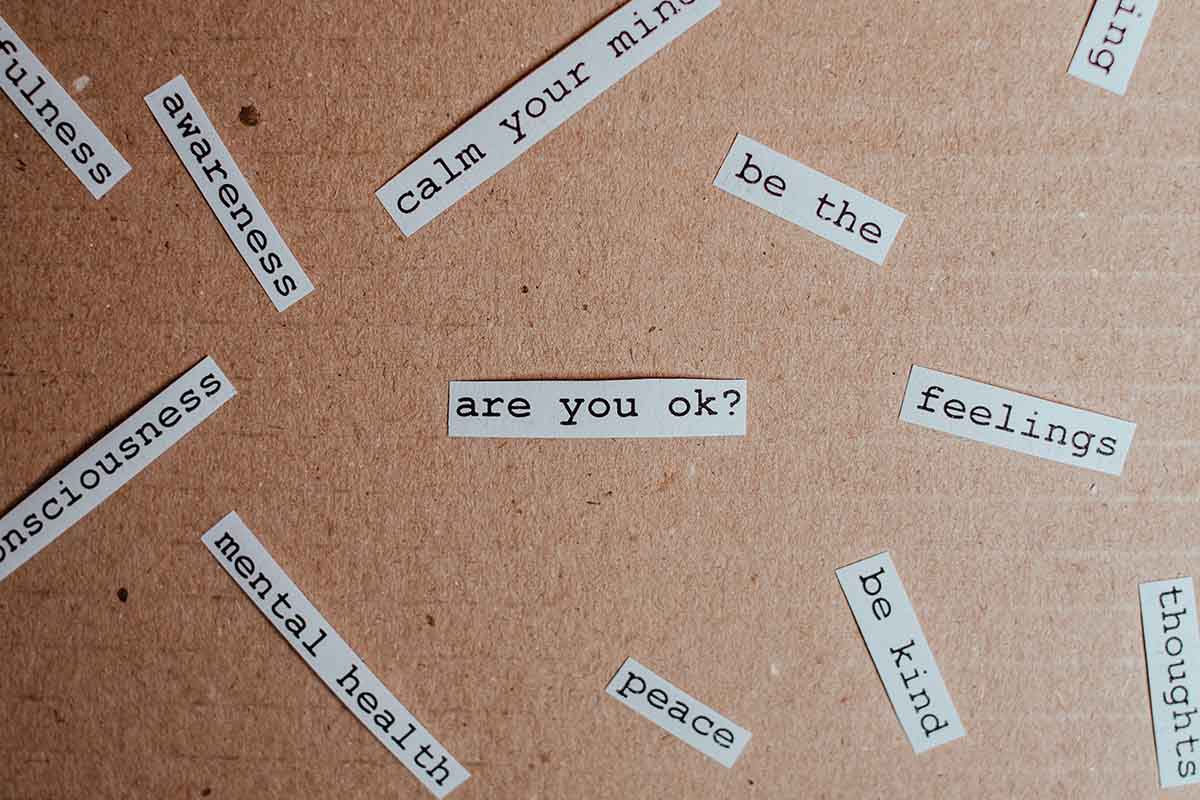Improving Mental Health Treatment for Concurrent Disorders
Many positive strides have been taken worldwide in recent decades regarding mental health. Whereas in the past, it was often rarely talked about or swept under the carpet, discussions around mental health are an increasingly common occurrence.
With doctors and therapists becoming more aware of remedies that help calm anxiety and reduce the feeling of depression, people are providing some of these items online for purchase. For example, newly found you can buy cbd drinks online, aromatherapy, or weighted blankets.
Individuals with mental health issues, of which many will have an issue in their lifetime, feel increasingly comfortable speaking out about and receiving treatment for mental health concerns.
Understanding Mental Health
The people at Johns Hopkins Medicine estimate that just over a quarter of adults in America are likely to have a diagnosable mental health condition in a given 12-month period, and statistics are similar worldwide.
This leads to two unarguable conclusions:
- That most people will suffer from a mental health condition at some point in their life. Even if that is not the case, they are likely to be in close contact or relative of someone who will be suffering.
- The high prevalence of mental illness increases the likelihood of more individuals suffering from more than one mental health issue or disorder at a time.
Although the undeniable stresses of modern life have led to increased stress and mental health disorders, it has also led to more comprehensive, more public conversations about these issues and a greater understanding of treatment options available at rehabilitation facilities like olympusrecovery.com/
There is still some stigma in certain parts of society where mental health disorders can be seen incorrectly as a sign of ‘weakness.’ However, increased awareness and conversations around mental health break down these barriers and improve individual outcomes.
Understanding Concurrent Disorders
Mental health problems can be challenging for individuals suffering from concurrent disorders. Concurrent means at the same time.’ Therefore, someone suffering from concurrent mental health disorders has a diagnosis of more than one mental health disorder simultaneously.
For example, a patient may be diagnosed with depression and subsequently with an anxiety disorder.
It is quite common for individuals to be diagnosed with more than one mental health disorder, as one disorder can easily lead to another. For example, someone who is depressed may become anxious about interacting socially with people due to their depression, and their anxiety becomes so extreme that it becomes a disorder in its own right.
Mental health disorders can also occur concurrently with other conditions, such as substance abuse, that have psychological and physical effects. The physical effects of depression and anxiety on the body are well documented and can be very serious if left untreated. It is, therefore, essential to understanding when treating mental health disorders that such concurrence is not only a possibility but is commonplace.
Within medical circles, this concurrence where individuals may have more than one mental or physical health disorder is known as co-morbidity. Common examples of concurrent or co-morbid mental health disorders include:
- Depression;
- Anxiety;
- Personality disorders (e.g., schizoid, avoidant, borderline, narcissistic;)
- Drug addiction (which is increasingly thought of as a mental health disorder;)
Understanding that mental health disorders are often concurrent is an essential part of the treatment process, recognizing that there is often more than one condition to treat.
The Best Possible Treatment
Imagine a patient with two concurrent, mental health disorders. The patient has depression and anxiety. The patient is receiving treatment for depression from one doctor or therapist who is unaware of the anxiety and is receiving treatment for anxiety from another doctor or therapist who is unaware of the depression.
Although as professionals, the doctor or therapist will be skilled and experienced in treating depression or anxiety, the patient is likely to be receiving treatment that is less effective than either being treated by one professional who is aware of both, or two professionals knowledgeable of both who are working together.
It may be necessary to reduce the levels of anxiety in the patient before the depression can be properly dealt with, or it may be important to get the depression under control before the anxiety can be fully explored and managed.
A patient who is depressed and with a substance abuse disorder will most certainly need acute treatment for the substance abuse disorder before the depression can be managed appropriately.
There may also be physical disorders related to the mental health issues, such as eating disorders, that need to be considered.
Therefore, an effective treatment plan for concurrent mental health disorders will, as it would for physical health disorders, need to consider the wpatient’s whole historyand deal with their conditions in an organized and effective manner.
From the patient’s point of view, this involves being honest and open with any health professionals about their life history and what is happening with them. Included in this would be informing any health professional of other treatments they are undergoing for other health conditions.
From the health professional’s point of view, this involves thoroughly investigating what is going on with the patient. Suppose the patient has indicated that they are feeling depressed. In that case, it is important to consider through careful questioning and diagnosis whether there may be other conditions that need to be explored and treated as part of the process.
Where a patient has concurrent mental health disorders, careful consideration must be given to how these disorders are treated. It may be necessary, for example, to identify which disorder is the primary disorder and which is the secondary disorder(s). Treatment can then be given that is personalized to the needs of the individual to maximize the possibility of recovery.
Conclusion
Most people will suffer from a mental health disorder at some point in their life, and many of those will be unfortunate to have more than one concurrent mental health disorder.
Through honesty with health professionals and thorough investigation by those health professionals, however, it is possible to prioritize and treat concurrent mental health disorders using a range of medical and therapeutic techniques, so the individual can continue to lead a rich and fulfilling life.





















